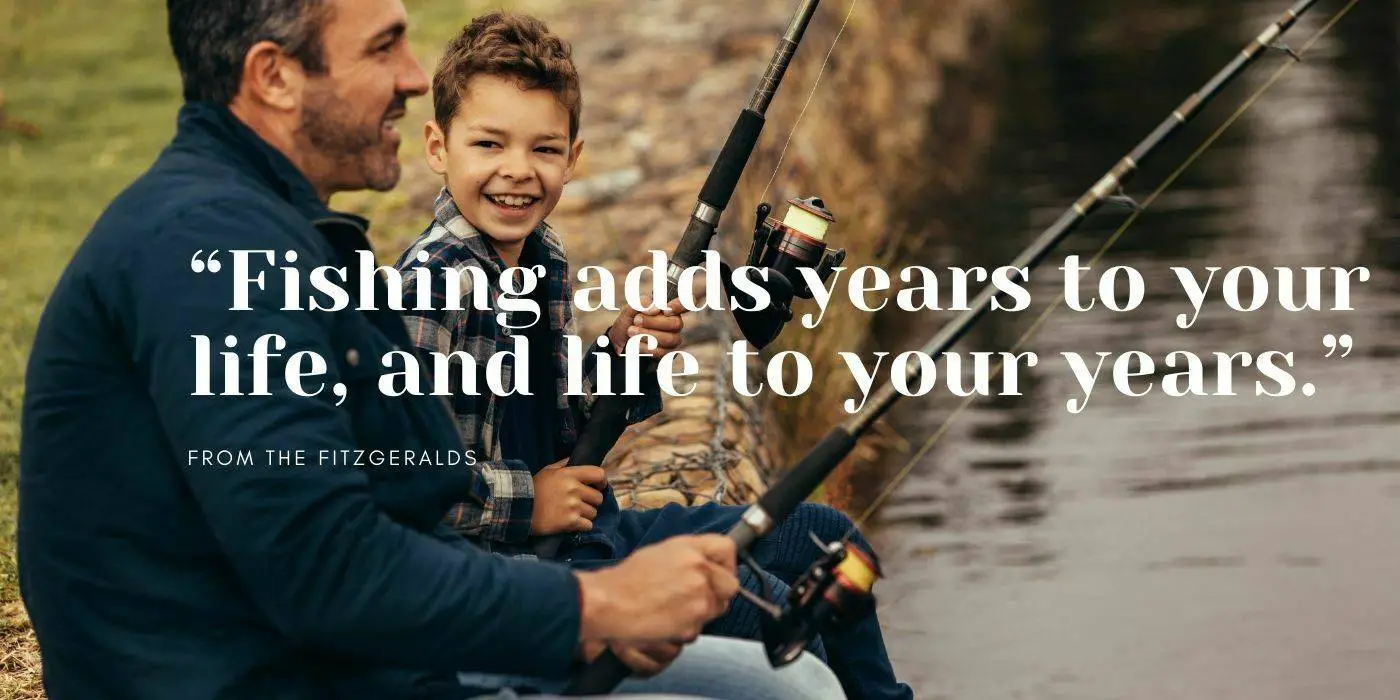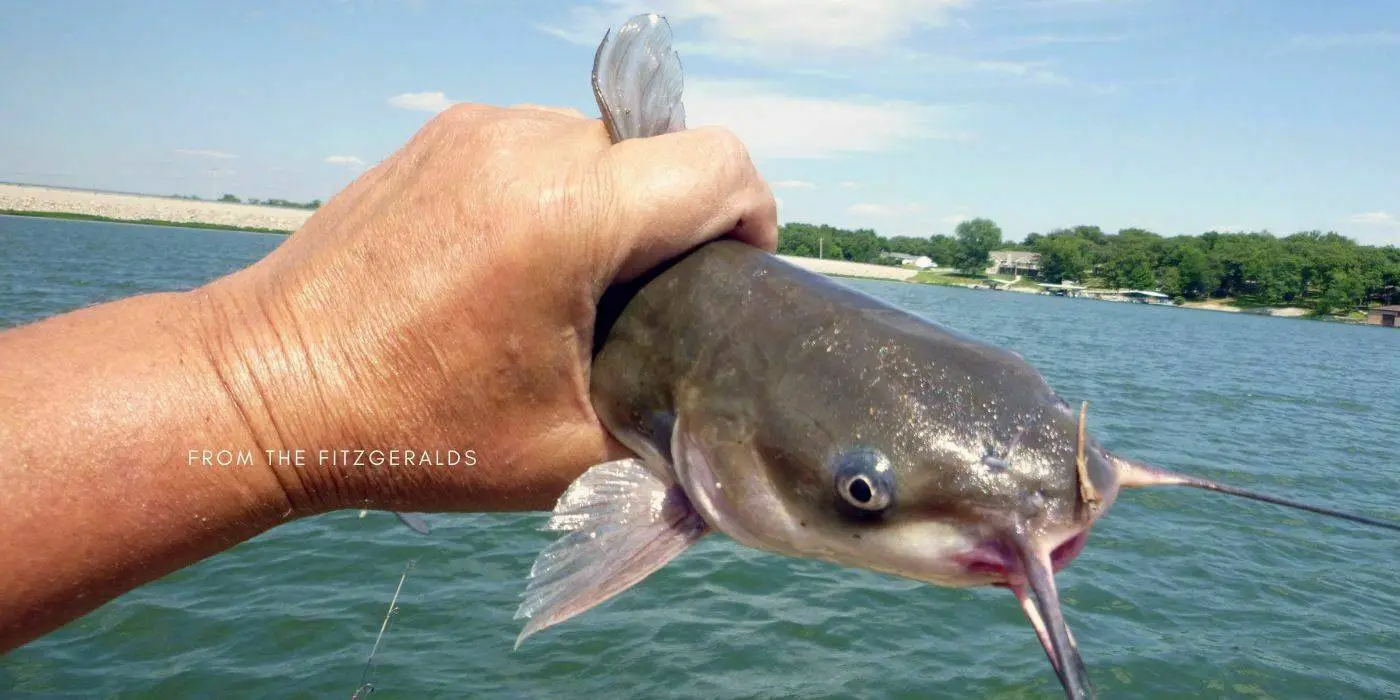Salmon are an important part of the ecology of many rivers and streams, providing food for both fish and wildlife. While salmon can be caught from a boat using methods such as fly fishing or spinning, there are also some great shore-based techniques for catching these mighty fish. In this article, we will discuss how to fish for salmon from shore using a variety of methods.
What You’ll need
To fish for salmon from shore, you’ll need a rod, reel, line, and tackle. You can also use a casting net or a fish trap.
If you’re fishing from a beach or the shoreline of a river, you’ll need to find an area where the water is deep enough to reach the bottom. You can search for this by standing at the edge of the water and watching where the fish are biting.
When you find an area that looks promising, cast your line into the water. Be sure to keep your line tight so that the bait doesn’t get away. You might need to set your hook very gently in order to catch the salmon. If you’re using a casting net or fish trap, be sure to put it in the right spot so that the salmon will go into it.
What can I look for when fishing for salmon?
When fishing for salmon, it is important to be aware of the different types of salmon that are available and what they look like when caught. The three main types of salmon are Chinook, Sockeye and Coho. Chinook salmon are the largest and have a reddish-orange color on their back. Sockeye salmon are next in size and have a golden color on their back. Coho salmon are the smallest and have a silver color on their back.
When looking for salmon, the best place to start is by checking the water temperature. Salmon prefer cool water temperatures between 50 and 65 degrees Fahrenheit, so if the water looks cold or if there are ice chunks floating in it, then it is likely suitable for salmon fishing. When fishing for salmon from shore, it is important to make sure that you have good gear and knowledge when casting your line into the water. Make sure that you use a light line with a good hook so that you can catch more fish. When reeling in your fish, be patient as some large chinook can weigh over 20 pounds!
How to Catch a Salmon
If you’re looking to catch a salmon from shore, there are a few things you need to know. Salmon like to stay near the water’s edge, so your best bet is to find a spot with some good drop-offs or riverside rocks. You can also try fishing from a boat or using a net, but the best way to catch one is by hand. When fishing from shore, use a rod and reel with a large enough line to handle the fish. Cast your line out into the water and wait for the salmon to take your bait. Be patient – it can take up to an hour for a salmon to reach your lure. When you finally hook one, use proper technique and reel it in slowly.
What type of fishing gear to use when fishing for salmon from shore
When fishing for salmon from shore, there are a few different methods that can be used. The most common way to catch salmon is with a rod and reel, but there are other options such as using a jaw line and trotline. Depending on the situation, different gear may be more appropriate.
To catch salmon from shore using a rod and reel, the fisherman will need to purchase a suitable rod and reel. The fisherman will also need to bring along some appropriate fishing gear, such as line, bait, and hooks. When fishing for salmon from shore, it is important to find a good spot where the fish can be caught. Salmon are attracted to baitfish, so it is important to bring along enough bait to cover the area where the fish are likely to be found.
To catch salmon from shore using a jaw line and trotline, the fisherman will need to purchase a suitable trotline kit. The fisherman will also need to bring along some appropriate fishing gear, such as line, hooks, weights, and bait. When fishing for salmon from shore using a jaw line and trotline, it is important to find a good spot where the fish can be caught. Salmon are attracted to bait fish, so it is important to bring along enough bait to cover the area where the fish are likely to be found.
5 Tips For Catching a Salmon From Shore
Salmon are a notoriously difficult fish to catch, but that doesn’t mean it can’t be done from shore. Here are 5 tips to help you finally snag one of these slippery creatures:
1. Know where to find them: Salmon tend to congregate near deep pools in rivers with fast-moving water. Look for areas with lots of rocks and debris – salmon like to hide in these spots.
2. Use the right bait: Salmon are attracted to small, shiny objects, so use lures or flies that fit this description.
3. Go at the right time: The best time to fish for salmon is early morning or late evening when the sun is low in the sky and they’re actively feeding.
4. Be prepared to pull hard: When a salmon hits your line, be ready for a fight! These fish are strong and will put up quite a struggle before being reeled in.
5. Have patience: Fishing for salmon can be frustrating, but don’t give up! It may take some time (and practice), but eventually you’ll get the hang of it and be able to bring one home for dinner.
What to Do with the Salmon Once you’ve Caught It
There are a few things you can do with your freshly caught salmon when you get home. You can either cook it right away or store it in the fridge for later.
If you plan on cooking it right away, you’ll need to start by cleaning it. First, rinse it off in cold water to get rid of any dirt or sediment. Then, use a towel to dry it off thoroughly.
Next, you’ll need to season it. You can do this with salt, pepper, and other herbs and spices. Finally, you’ll need to cook it over medium or high heat depending on how you want it cooked. You can also bake it or grill it.
If you plan on storing your salmon for later, you’ll first need to clean it again. This time, however, you’ll only need to wipe it down with a damp cloth. You can then place it in a plastic bag or container and store in the fridge for up to three days.
Conclusion
If you’re looking to fish for salmon from shore, there are a few things you’ll need before getting started. Fishing rods, line, hooks and bait are all necessary, but don’t forget a sturdy fishing net too. When it comes to choosing the right spot to set up shop, remember that salmon prefer freshwater habitats with plenty of structure and vegetation. So if you’re in an area with those features nearby, your chances of landing a salmon will be much higher!




